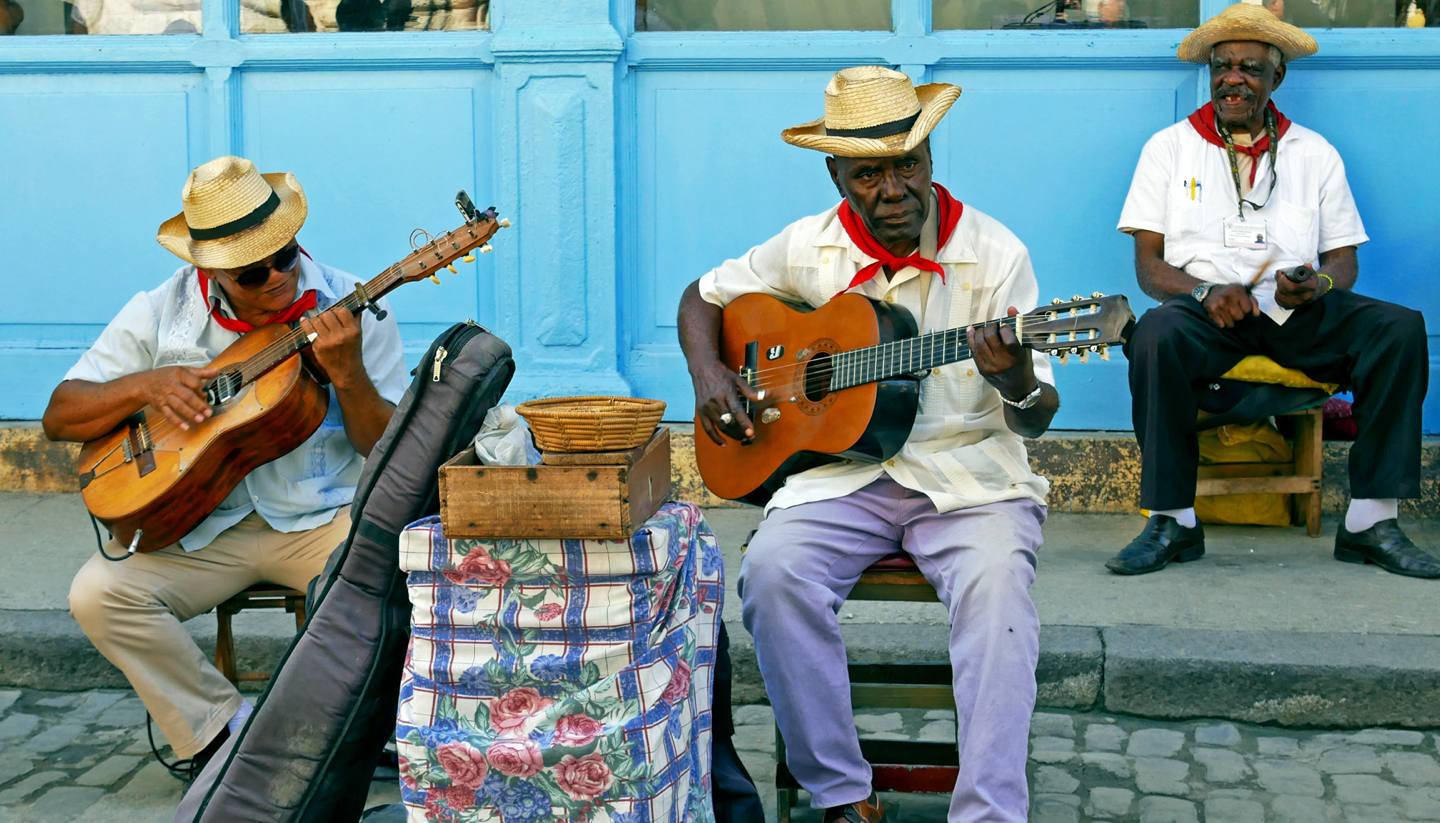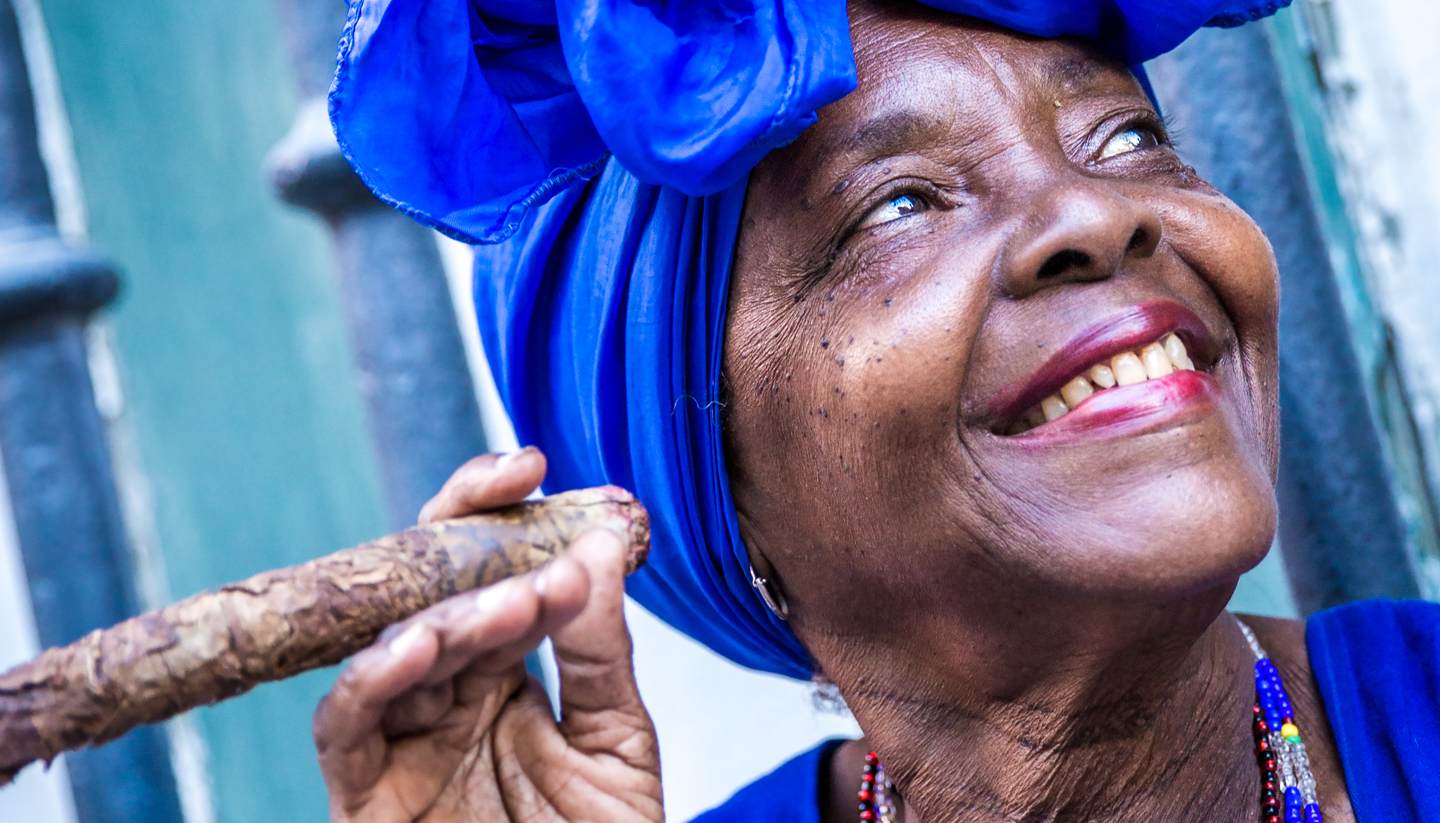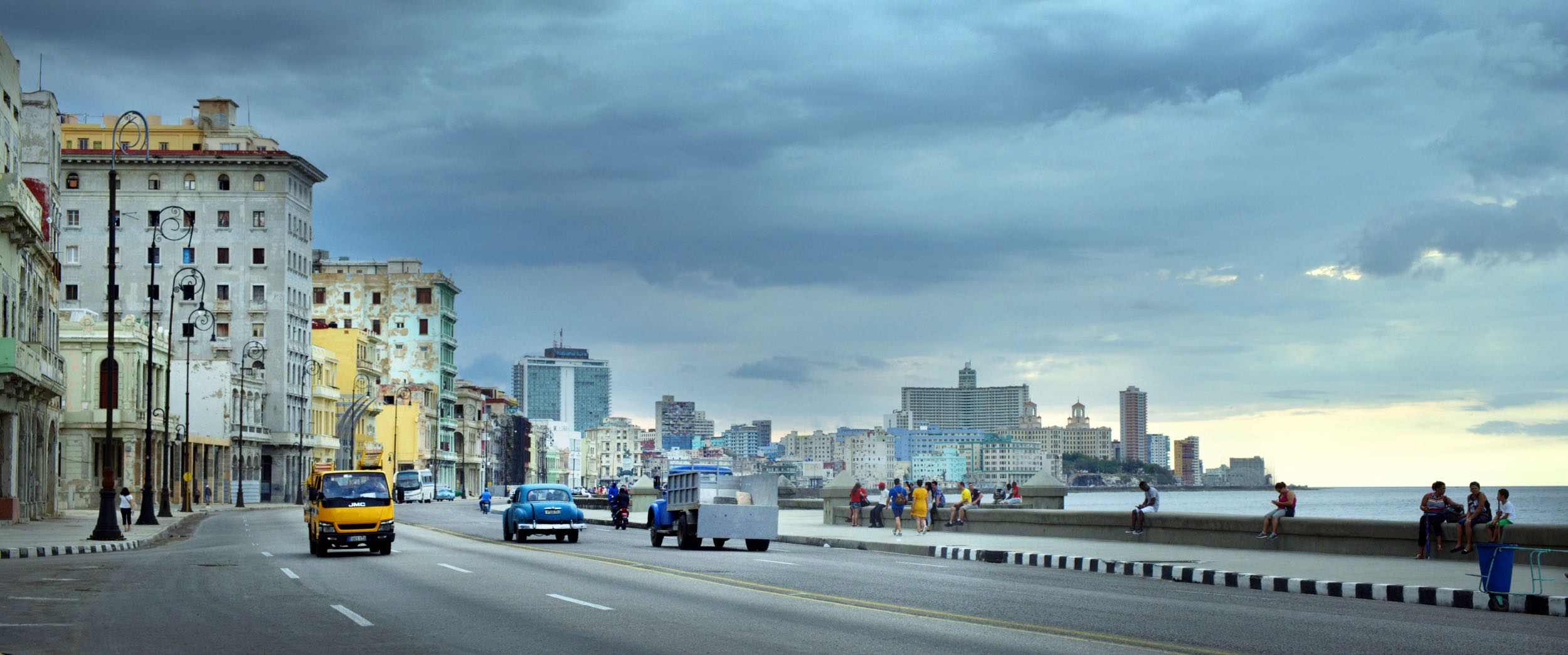Things to see and do in Cuba
Attractions in Cuba
Bahía de Cochinos (Bay of Pigs) and Playa Girón
In 1961, the failed Bay of Pigs Invasion put this small inlet in the media spotlight. For more than 72 hours, some 1,500 Cuban exiles landed here and fought with the new Cuban government but lost. Today, a small museum in Playa Girón charts the conflicts. Beyond a history lesson, Playa Girón’s warm waters offer much for scuba divers.
Baracoa
Baracoa is a port city situated in the eastern part of Cuba. It was here that Christopher Columbus stopped in December 1492 and later, Diego Velázquez de Cuéllar established the island's first Spanish settlement in 1512. From 1518 to 1522, Baracoa was Cuba's capital, but its remote location soon made the conquistador looked elsewhere. Today, plantations surround the quaint city, and donkey carts roam the streets. As it remains so unspoiled, many consider it to be Cuba's best-kept secret.
Cayo Largo del Sur
A small resort island off Cuba's southern coast, Cayo Largo (Long Cay) is for those in search of shimmering sea fringed by long, sandy beaches in a tropical paradise. Accessible only by plane or helicopter, Cayo Largo has only a few hotels and villas. The best beaches are Playa Sirena and Playa Paraiso. There is also a Sea Turtle Rescue Center, along with a small museum on the island.
Havana, Hemingway's footsteps
Follow in Hemingway's footsteps with a visit to Hotel Ambos Mundos – in room 511 he began to write For Whom the Bell Tolls. Not far from the hotel you will find La Bodeguita del Medio – a bar that hosted many writers, including Hemingway. If you walk 10 minutes west of the hotel, you will find the self-proclaimed 'cradle of the daiquiri' El Floridita, another bar that Hemingway frequented. About 13km (8 miles) inland, you will find Finca Vigía, once the residence of Ernest Hemingway and now a museum.
Havana, La Habana Vieja (Old Havana)
Havana, Cuba's capital, is positively pulsating with colour and life. The UNESCO World Heritage-listed Habana Vieja (Old Havana) is an excellent place to start the tour of Havana. Narrow, cobbled streets lead to beautiful colonial architecture, some have been lovingly restored and brightly painted, but others still look as if they are about to collapse at any second. La Habana Vieja is best explored on foot.
Havana, Malecón
The seafront walk Malecón stretches almost the length of Havana. Here, old and young fish during the day and courting couples socialise at night. The Malecón also provides a wonderful view of Havana's cityscape.
Havana, Museo de la Revolución
Visit the Museo de la Revolución, located in the former presidential palace in Old Havana, to better understand the historical context of modern Cuba. Behind the museum, you will see a giant glass box containing the Granma, the yacht that transported 82 revolutionists (including Fidel Castro, Raúl Castro and Che Guevara) from Mexico to Cuba in November 1956.
Hiking in Cuba
The lush mountains, steep valleys, and sweeping plains of Cuba are made for hikers. Some of the best hikes include the Sierra Maestra, the mountain range in southeastern Cuba. Pico Turquino, Cuba's highest peak, is also in the Sierra Maestra mountain range, and you can conquer this mountain with a three-day trek. Soroa, 83km (52 miles) southwest of Havana, also offers delightful hiking and bird-watching experiences.
Isla de la Juventud
Once a supply base for pirates for about 300 years, Isla de la Juventud is said to be the inspiration for Treasure Island by Robert Louis Stevenson. The waters surrounding the island are great diving spots. You can fly from Havana to Isla de la Juventud, or you can take a ferry from Batabanó, which is about 71km (44 miles) south of Havana.
Santiago de Cuba
The second-largest city in Cuba, Santiago de Cuba is widely regarded as the country's cultural capital. Worthy diversions include the 17th-century fortress Castillo San Pedro de la Roca, Moncada Museum and the Santa Ifigenia Cemetery where many famous Cubans are buried. It pays to coincide your trip with the Carnival of Santiago de Cuba, held at the end of July.
Trinidad
Experience Cuba's rich history in the UNESCO-listed Trinidad. Plaza Mayor is the beating heart of the city, surrounded by many attractions, including Palacio Cantero (a 19th-century mansion that has been converted to a municipal history museum) and the National Museum of the Struggle Against Bandits (the fight against the America-sponsored counterrevolutionaries). At night, a section of Plaza Mayor is turned into a music venue with musicians and dancers performing for the crowds. This is often referred to as Casa de la Música.



